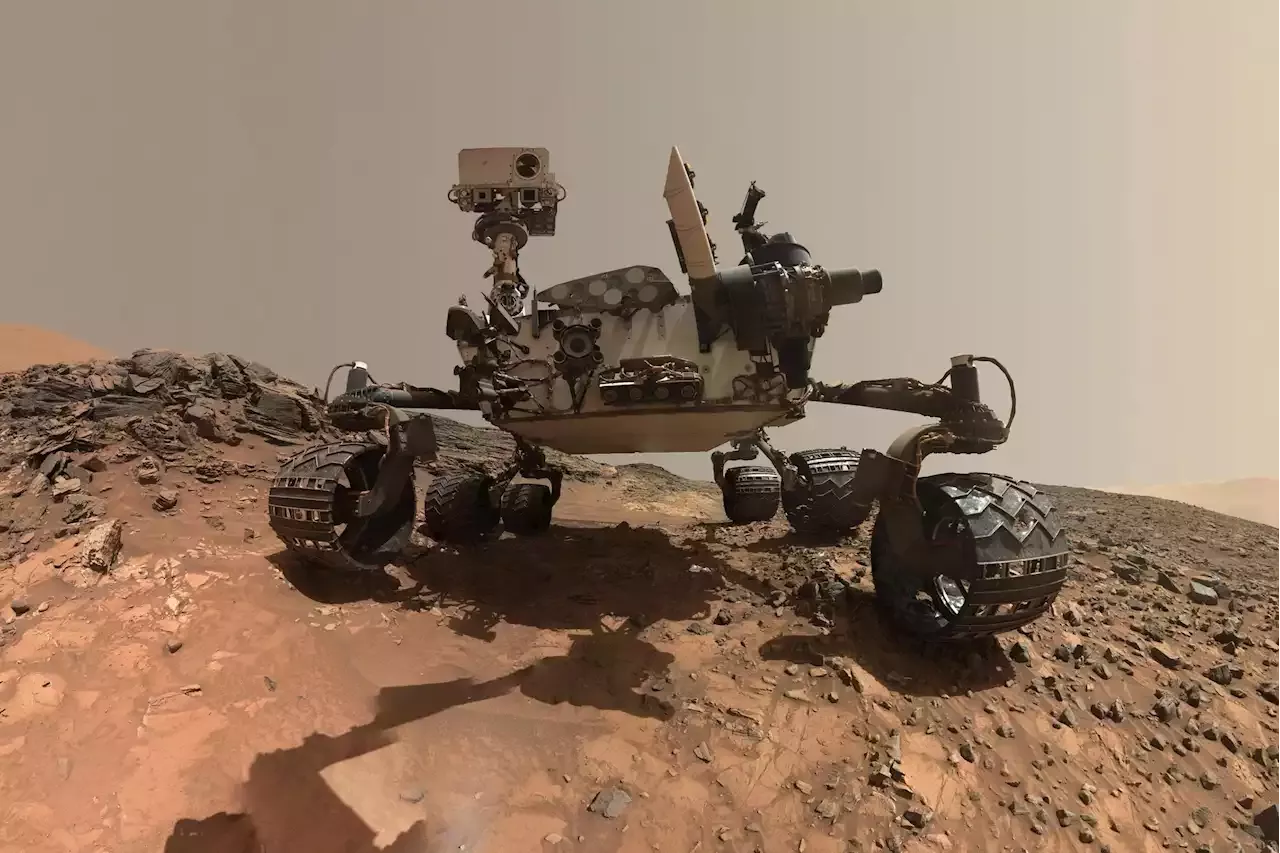NASA’s Curiosity Mars Rover has arrived at a special region believed to have formed as Mars’ climate was drying. After trekking this summer through a narrow, sand-lined pass, NASA’s Curiosity Mars rover recently arrived in the “sulfate-bearing unit.” This long-sought region of Mount Sharp is enri
’s CuriosityAfter trekking this summer through a narrow, sand-lined pass, NASA’s Curiosity Mars rover recently arrived in the “sulfate-bearing unit.” This long-sought region of Mount Sharp is enriched with abundant salty minerals.
, so scientists have been waiting a long time to see this terrain up close. Soon after arriving, the rover discovered a diverse array of rock types and signs of past water, among them popcorn-textured nodules and salty minerals such as magnesium sulfate , calcium sulfate , and sodium chloride . on the arm recently led the team to conclude that some harder rocks may require too much hammering to drill safely.NASA’s Curiosity Mars rover used its Mast Camera, or Mastcam, to capture this panorama of a hill nicknamed “Bolivar” and adjacent sand ridges on August 23, the 3,572nd Martian day, or sol, of the mission. Credit: NASA/JPL-Caltech/MSSS
